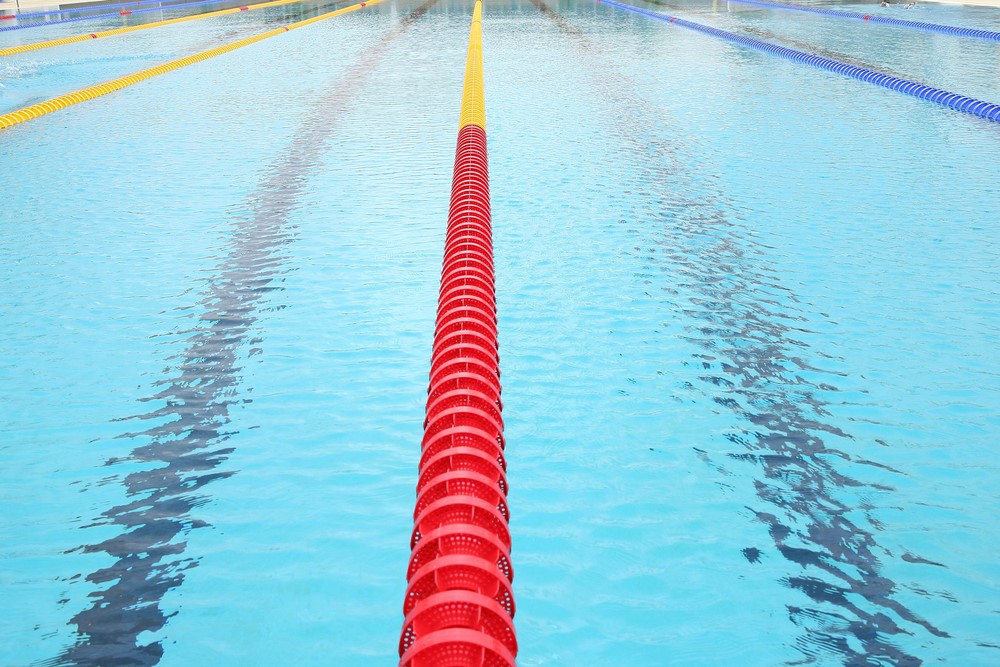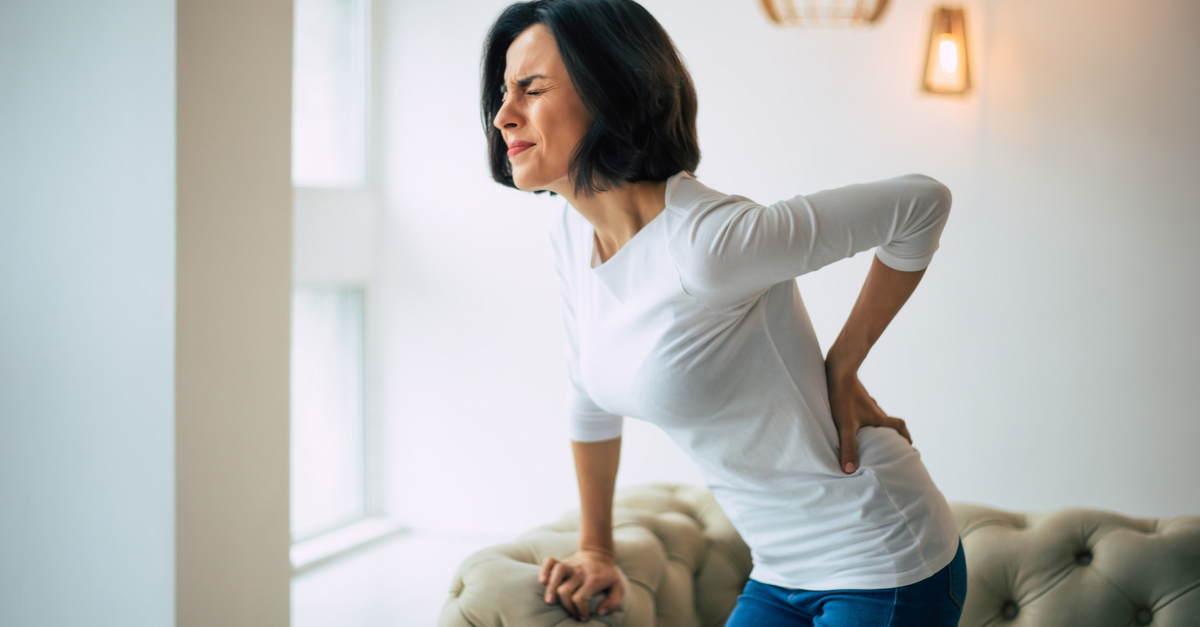Make an Appointment
Training to increase your lactate threshold is essential when you’re preparing for long distance, triathlons and endurance swimming. The way to do this is to increase your training volume and then do steady-state workouts just under your threshold, or intervals, with bursts of effort over the threshold and then a rest period.
Steady-state
Steady pace training is fairly slow, continuous long-distance swimming, where the aerobic system is maintained at a constant level of energy demand and as close to your lactate threshold as possible.
So before you train for speed, you should get volume by increasing your total swimming distance every week, even if you’re swimming slowly to achieve it. A good plan is to do some interval training sets every week and mostly steady-state training for the rest of your swimming workouts for long distance.
Ladder repetitions
Start by doing some repetitions of 400 metres and more. Your goal is to build up your endurance and increase your ability to do longer repetitions, so 800m and 1000m are good distances to aim for.
A good way to organise your repetitions is to swim to the ladder system. The ladder method is a set of repetitions with the distance increasing on the way up and decreasing on the way down. This would give you a set like this for example 100 m 200 m 400 m 800 m 400 m 200 m 100 m.
Triathlon Swimming Technique
Drills are an important part of your weekly training and you should include them in every session. You also need to develop a technique for looking about you to find gaps in the crowd to find the best direction to swim and practise swimming in a wetsuit.
Training in open water such as a local lake or the ocean, in the sort of weather you can expect on race day, is something you should also bear in mind. Finally, the best technique for freestyle in open water, long distance and triathlons is to have a fast time to full traction and a low leg kick rhythm.
Be sensible about over-training and if you’re a triathlon beginner build up your distance swimming gradually. Swimming is a great sport that boosts your whole health and well-being, so enjoy the challenge and get out there and show them what you’ve got!

Date Published: Thursday, June 29, 2017
Need to get into direct contact with ur Client Services team? We're all ears. Call our team directly on 1300 731 733





